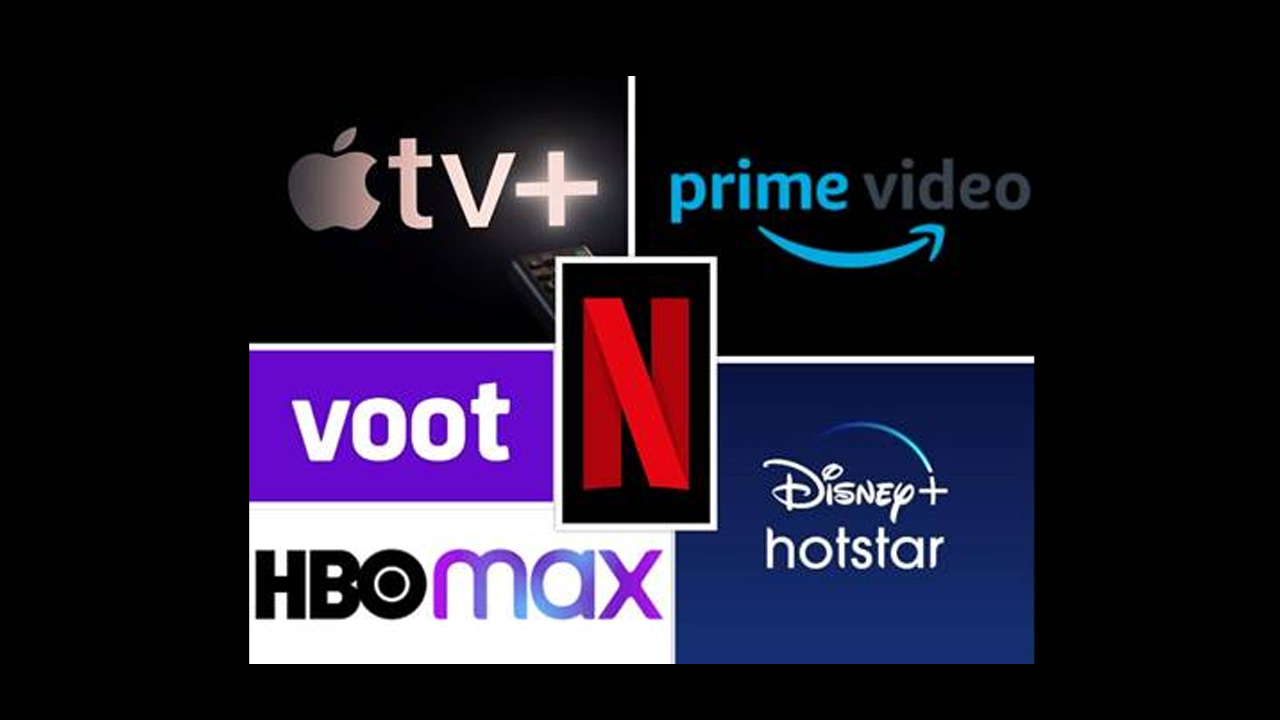The Influence of Film and Television on Fashion and Pop Culture
Film and television have long been powerful mediums of entertainment and storytelling, but their impact goes beyond the realm of cinema and television screens. The influence of film and television extends to various aspects of our lives, including fashion and pop culture. In this article, we will explore the profound influence that the world of film and television has on shaping fashion trends and defining popular culture.
The Evolution of Fashion and Pop Culture
Fashion and pop culture are dynamic entities that constantly evolve. They are influenced by societal changes, artistic movements, and various forms of media. Film and television have played a significant role in shaping these trends, reflecting the spirit of the times and captivating audiences worldwide.
Iconic Film and Television Styles
Old Hollywood Glamour
The golden era of Hollywood introduced glamorous fashion styles that continue to inspire designers and fashion enthusiasts today. The iconic looks of movie stars like Audrey Hepburn, Marilyn Monroe, and Grace Kelly exuded elegance, sophistication, and timeless appeal. Their fashion choices on and off-screen set the stage for a new era of glamour and refinement.
Rebel Without a Cause: The James Dean Effect
James Dean's rebellious persona in the film "Rebel Without a Cause" left a lasting impact on fashion and pop culture. His leather jacket, white T-shirt, and blue jeans became synonymous with teenage rebellion and a symbol of effortless coolness. Dean's iconic style remains influential even after several decades, illustrating the longevity of film-inspired fashion trends.
The Swinging Sixties
The 1960s witnessed a cultural revolution, and film and television played a crucial role in reflecting and driving this change. The mod fashion movement, popularized by movies like "Breakfast at Tiffany's" and TV shows like "The Avengers," brought about a shift in fashion with its bold colors, geometric patterns, and mini skirts. The era's fashion trends embodied youthfulness, freedom, and a break from traditional norms.
The Bold and Outrageous '80s
The 1980s marked a period of excess and flamboyance, and film and television embraced this spirit. Movies like "Flashdance" and TV shows like "Dynasty" showcased power dressing, oversized shoulder pads, and neon colors. These exaggerated fashion statements became emblematic of the era's audacity and aspiration.
90s Grunge and Minimalism
The '90s brought forth a more relaxed and minimalistic approach to fashion, influenced by alternative rock music and independent films. Films like "Reality Bites" and TV shows like "Friends" popularized the grunge aesthetic, characterized by ripped jeans, flannel shirts, and disheveled looks. Simultaneously, minimalism gained traction, with movies like "Clueless" showcasing clean lines, slip dresses, and preppy styles.
Cultivating Trends: Costume Designers as Fashion Influencers
Costume designers play a vital role in translating characters' personalities and narratives into memorable and influential fashion statements. Their creative vision and attention to detail shape trends that resonate with audiences. Designers like Edith Head, Sandy Powell, and Colleen Atwood have left an indelible mark on both film and fashion industries, earning acclaim for their ability to evoke emotions through clothing.
The Red Carpet Phenomenon
The red carpet has become a global stage for fashion innovation and self-expression. Award ceremonies, film premieres, and other high-profile events provide celebrities with an opportunity to showcase their unique style and collaborate with designers. Red carpet fashion has the power to shape trends and influence consumer behavior, catapulting designers and brands into the spotlight.
Television Series: A Style Showcase
"Sex and the City": Fashion as a Character
"Sex and the City" revolutionized television fashion, with its protagonist Carrie Bradshaw becoming a style icon. The show's mix of high fashion, eclectic outfits, and boundary-pushing trends influenced a generation. From Manolo Blahniks to oversized flower brooches, the show seamlessly integrated fashion into its storytelling, making it an integral part of the narrative.
"Mad Men": Nostalgic Fashion Revival
"Mad Men" transported viewers back to the 1960s, showcasing the elegant fashion of the era. The meticulously curated outfits of the characters, including tailored suits, polished dresses, and accessories, inspired a revival of vintage fashion trends. The show's attention to detail and commitment to historical accuracy sparked a renewed interest in classic styles.
"Game of Thrones": Fantasy and Costume Design
"Game of Thrones" captivated audiences with its intricate storytelling and elaborate costumes. The show's fantastical setting allowed costume designers to push creative boundaries, resulting in iconic looks like Daenerys Targaryen's flowing gowns and Jon Snow's rugged attire. The influence of the show's costumes extended beyond the screen, inspiring fashion collections and cosplay enthusiasts worldwide.
Collaborations and Brand Endorsements
Film and television have become platforms for collaborations between fashion designers and filmmakers. These partnerships often lead to limited-edition collections, brand endorsements, and product placements. By aligning with popular shows and movies, fashion brands can tap into the fan base's enthusiasm and leverage the on-screen exposure to drive sales and brand awareness.
The Impact of Social Media on Fashion and Pop Culture
The rise of social media has amplified the influence of film and television on fashion and pop culture. Platforms like Instagram, TikTok, and YouTube allow celebrities, influencers, and fans to share their fashion choices and create trends in real-time. The accessibility of social media has democratized fashion, enabling anyone with a smartphone to participate in shaping the cultural conversation.
Fast Fashion and Consumer Demand
The demand for fast fashion has intensified with the increasing influence of film and television on fashion trends. Consumers aspire to emulate the styles of their favorite characters and celebrities, seeking affordable and accessible options. Fast fashion brands capitalize on this demand by quickly producing affordable clothing inspired by the latest on-screen trends.
The Global Reach of Film and Television
Film and television transcend cultural boundaries, reaching audiences worldwide. This global reach allows fashion and pop culture trends to spread rapidly, transcending geographical limitations. International collaborations, streaming services, and online communities further contribute to the dissemination of fashion influences, fostering a more interconnected and diverse landscape.
Fashion and Pop Culture: A Symbiotic Relationship
Fashion and pop culture are intrinsically connected, each influencing and feeding off the other. Film and television serve as a mirror that reflects societal aspirations, dreams, and narratives, while fashion becomes a tangible expression of these ideas. The symbiotic relationship between fashion and pop culture ensures that they continue to evolve and shape each other.
Film and television have a profound impact on fashion and pop culture, shaping trends, and defining our collective sense of style. From iconic film characters to TV show costumes and red carpet events, the influence of these visual mediums extends far beyond the screen. As fashion enthusiasts and consumers, we continue to be inspired and influenced by the captivating world of film and television.


.jpg)




 English (US) ·
English (US) ·